China’s Alleged Money Printing Violations – Can it Happen in Sri Lanka?
Prof Kym Fraser
Just before Christmas 2021, Mr. Chen Yaoming, a board director of the China Banknote Printing and Minting Corporation, an affiliate of the People’s Bank of China (PBOC), turned himself into authorities.
What is factual is that he is being investigated by the Central Commission for Discipline Inspection, the country’s top anti-corruption agency, under suspicion he “severely violated” ethics and laws.
What has been trending on social media is that these ‘severe violations’ were in-fact a scheme that was both so ‘simple’ in design, but so ‘devastating’ in impact on the global financial markets.
Essentially, the supposed scheme implemented by the Chinese government affiliated official ‘currency printer’ was to print two identical bank notes each with the same serial number. This is not a case of a forgery where the forged note almost always has a lower quality and less security features than the original. Here, it is an identical twin, right down to the serial number.
This alleged scheme was rumoured to have ‘duplicated’ 2 trillion yuan (US$314 billion). Given that China’s money supply in 2020 was about 200 trillion yuan, this represents a staggering 1% of China’s total money supply.
China’s central bank on Wednesday December 22, 2021, denied all this as a “despicable” rumour.
Sri Lanka Issues
This brings me to the Sri Lankan situation.
In the Sunday Times of June 21, 2020, Dr. Kavan Ratnatunga wrote an incisive article titled “Central Bank printing new money”.
Not many in Sri Lanka will know that its banknote printer is a private global company named DeLaRue, which agreed to a joint venture with the Government of Sri Lanka in Biyagama in the 1980s.
According to the above article, for a proper audit, previously the CB issued banknotes in prefix Serial order. This one could monitor the highest prefix seen in circulation and estimate the rate of the CB currency issue.
However, since early 2017, the CB has adopted a computerised cash management system, which also enabled DeLaRue to persuade the CB to do away with the requirement for replacement banknotes.
Instead, a Single Note Inspection Machine (SNIM) now detects damaged notes and rejects them automatically for destruction, keeping track of Serial Numbers of the accepted banknotes.
Thus, the CB no longer needs to issue banknotes in prefix serial order. As a result, since the first use of SNIM in 2016, banknotes were observed issued into circulation in a random order. When no replacement banknotes are used, the difference between the Last and First Serial Number will not give the exact number of banknotes printed.
Interestingly, Dr Ratnatunga found that a previous rejection rate of 0.3 percent replacements, increased to about 10 per cent missing Serial Numbers with the adoption of SNIM. This is a significant jump in (so called) rejections. The explanations given by DeLaRue for this increase in rejected notes is that it is due to more stringent quality controls, and also that printed sheets are no longer quality checked before printing Serial Numbers.
Dr Ratnatunga observes that the resultant destruction of such a large quantity of banknotes has to be supervised stringently. If not, it is very possible that some of these banknotes could potentially go fraudulently into circulation. Also, as these are not forgeries per say, the notes would be as untraceable as the alleged Chinese ‘duplicates’.
Dr Ratnatunga says that if missing Serial Numbers have gone fraudulently into circulation, it would be an excess in the money supply totalling over Rs.47 billion. He called for the CB’s internal audit team to independently check to ensure that the missing Serial Numbers do not appear in circulation. He says that this check can now be done easily as new machines that check circulated banknotes returning to the CB can read their Serial Number and dynamically check if it is valid to improve the security of Sri Lanka’s currency.
My sources tell me that an internal audit has indeed been carried out by the CB as a result of Dr. Ratnatunga’s observations - and has now been completed. Is it not time that the public is made aware of the results? Otherwise, social media will be rife with rumour and innuendo just like what happened in China.
Then again, if the audit exposes ‘fraud’, who will be answerable - DeLaRue, the CB or indeed someone affiliated to the past or present government? Or will the report be whitewashed and swept under the carpet?
Professor Kym Fraser is an Australian academic with an interest in the development of the business environment in China and Sri Lanka
-
Still No Comments Posted.



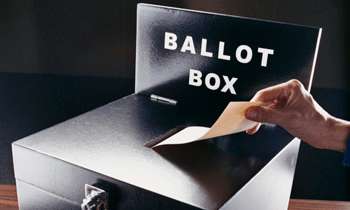
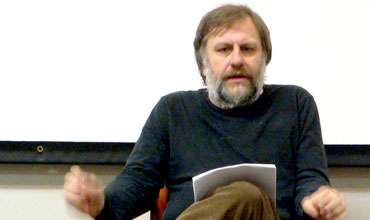
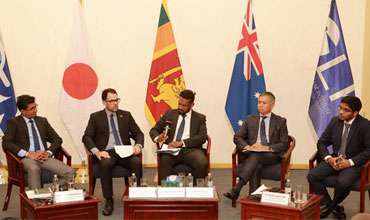
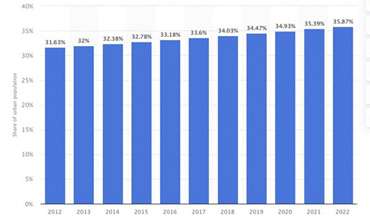
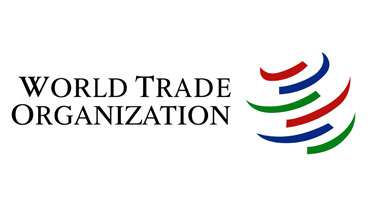
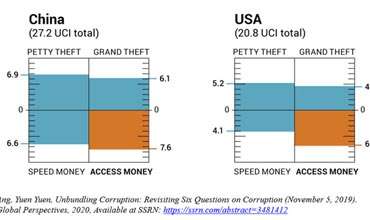
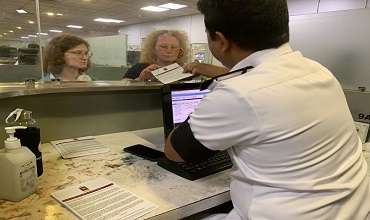

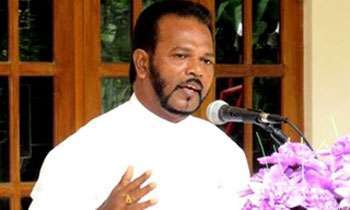
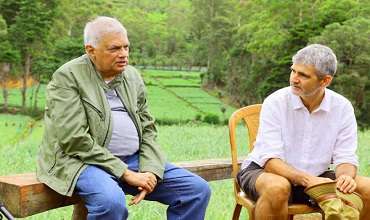
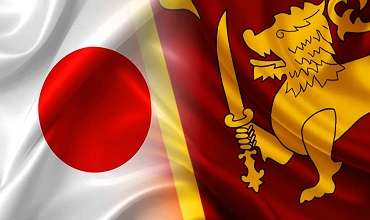
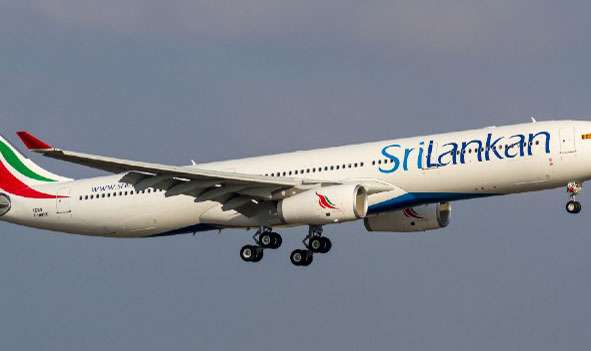

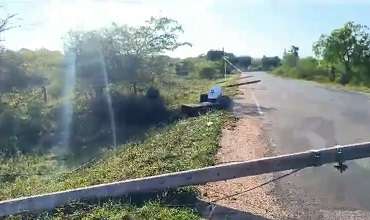
Leave Comments